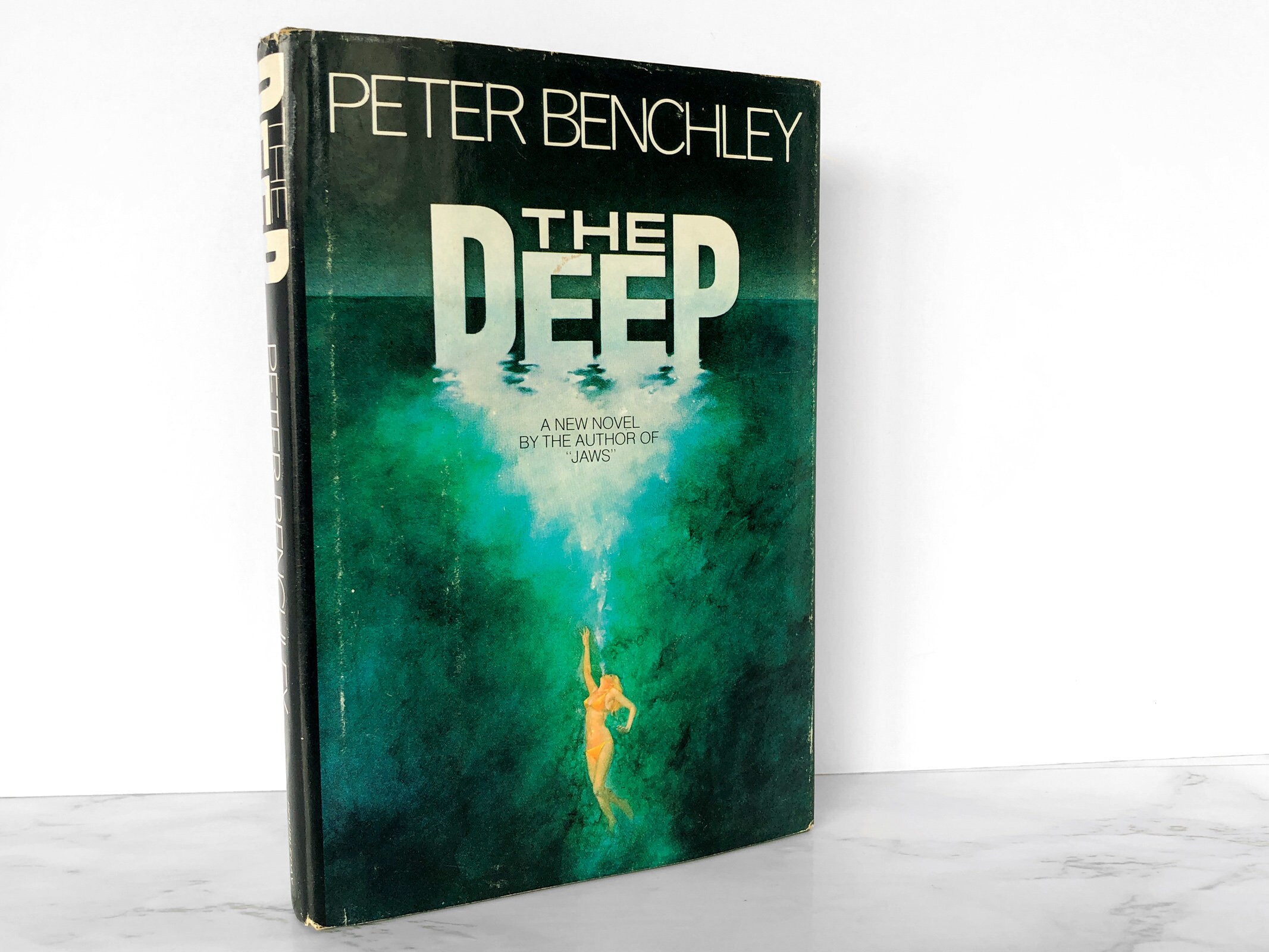


The film truly horrified prominent shark scientists like George Burgess at the University of Florida: by falsely portraying the great white as vengeful hunter of humans – in fact, sharks don’t target people except by rare mistake – it inspired dozens of shark-fishing tournaments on the east coast of the US that killed “without remorse,” he says. It also provided the template for some horrible horror films, including, some critics said, the three Jaws sequels.

It gave us Hollywood’s first summer blockbuster, providing the business model for everything from Star Wars to Jurassic Park and Titanic as well as this summer’s shark thriller, The Shallows. Town mayors tried to deny it was happening, fearful of losing seaside resort dollars, until the horror forced those resorts to close, and politicians called in scientists for help. Another horribly mauled swimmer was pulled to his death in an estuary a would-be hero wrestled with the shark and was also killed. Suddenly the real-life monster made the front page of The New York Times. They went running from the beach, screaming in mortal terror.

There was no Discovery Channel, or Shark Week, though the juvenile shark was about to change that.Īfter death number two, beach-goers found a bloodied body recovered from the deep and laid on the sands, bitten in half. It was the first recorded fatal shark attack in US history, but nobody knew it then. Scientists of the day said sharks lacked the ‘jaw power’ to bite through human bone. People on the beach who heard his screams thought he was joking. The first death in Beach Haven, New Jersey was the mauling of recent University of Pennsylvania graduate Charles Vansant, a doctor’s son from Philadelphia.


 0 kommentar(er)
0 kommentar(er)
